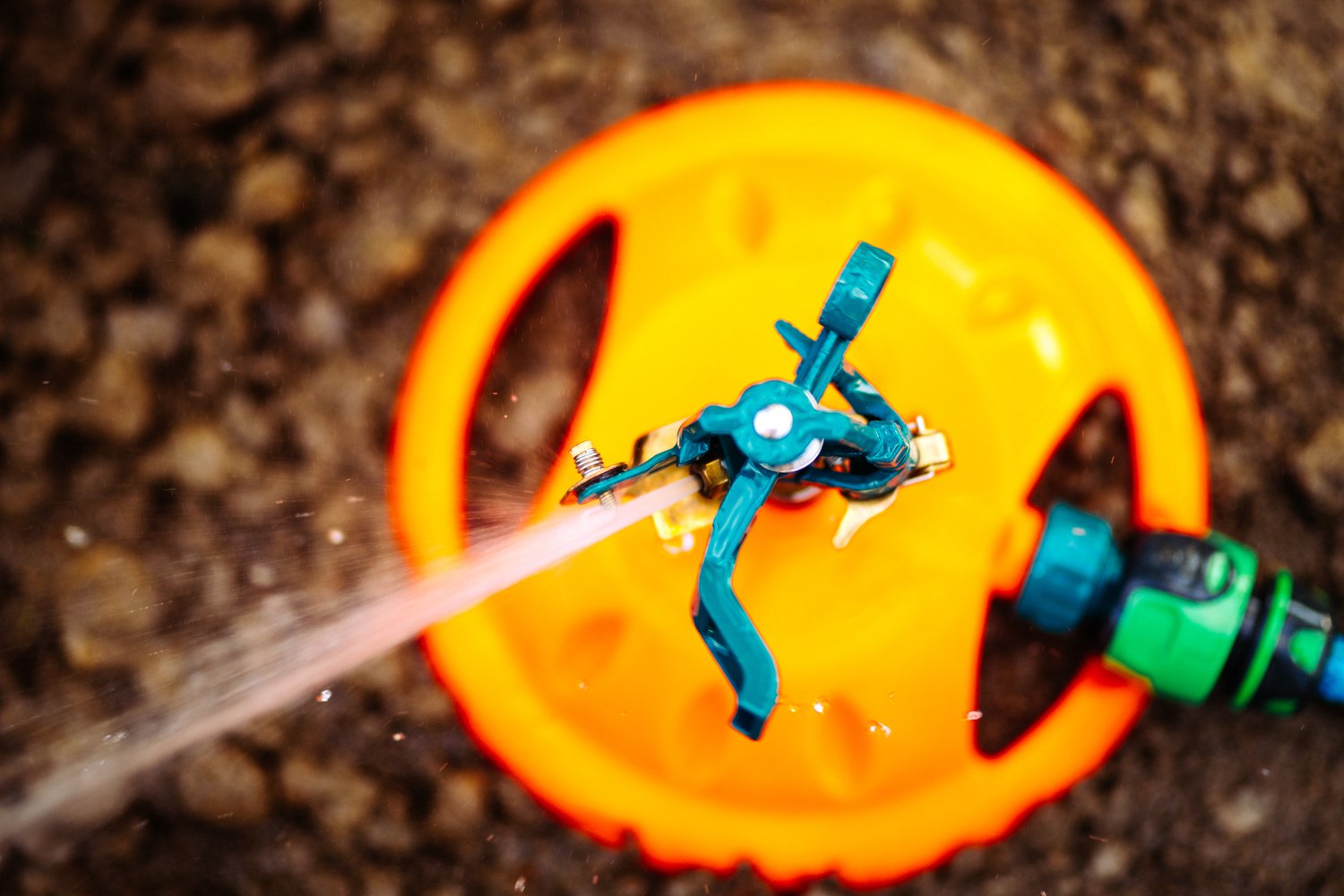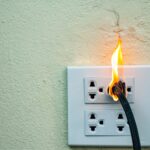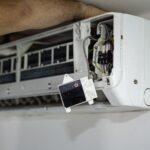Sprinkler systems are designed to simplify landscape irrigation, but what happens when they go awry, leaving your lawn unevenly watered or your system malfunctioning altogether? Understanding zone and pressure issues in sprinkler systems is crucial for maintaining optimal performance and efficiency. This article explores these common challenges, offering practical solutions to keep your irrigation system running smoothly.
- Zone Issues: Learn how electrical faults or valve problems can disrupt sprinkler zones and discover effective solutions.
- Pressure Problems: Uncover the causes of pressure imbalances such as leaks and blockages, with troubleshooting strategies to address them.
- Effective Diagnosis: Techniques like using pressure gauges can pinpoint issues, ensuring your irrigation functions optimally.
- Preventative Maintenance: Implement regular maintenance routines to prevent zone and pressure problems from recurring.
By diving into the intricacies of sprinkler system malfunctions and learning the steps to resolve them, you’ll ensure your irrigation works efficiently and extends its lifespan. Continue reading to master the art of maintaining a trouble-free sprinkler system.
Understanding Common Sprinkler System Problems: Zones and Pressure Issues
Sprinkler systems are crucial for effective irrigation, but they often face challenges that can impede their performance. Two of the most prevalent issues are malfunctioning zones and inconsistent pressure. Recognizing and addressing these common sprinkler problems is essential for maintaining a lush and healthy landscape.
Zone problems in sprinkler systems usually manifest when certain areas do not receive adequate water. This can be due to a variety of factors ranging from electrical issues with the control system to physical obstructions in the plumbing.
Meanwhile, pressure issues in sprinkler systems can lead to uneven water distribution. If the pressure is too low, zones may not receive sufficient coverage. Conversely, excessive pressure can damage sprinkler heads or cause water wastage through misting. Understanding these issues is the first step in ensuring efficient water usage and even coverage across all zones of your irrigation system.
By familiarizing yourself with these problems and their potential impact on coverage and water distribution, you can take proactive steps to mitigate them. Regular maintenance and timely troubleshooting can greatly improve the functionality and reliability of your sprinkler system.
Zone Issues in Sprinkler Systems: Causes and Solutions
Zone issues in sprinkler systems can be frustrating, as they often result in dry patches or overwatered areas. Several root causes can lead to these problems. Electrical faults are common, often stemming from faulty wiring or a defective control unit. These can disrupt the proper functioning of specific zones. Regular checks and maintaining updated wiring can avert these malfunctions.
Valve malfunctions are another significant cause. The issue might stem from a blockage, debris within the valve, or the valve itself being worn out. Ensuring that valves are regularly inspected and cleaned can prevent many of these issues from arising.
Addressing these zone-related problems requires a careful analysis of each component in the sprinkler system. For electrical issues, verifying the power supply and inspecting connections to ensure they are secure is crucial. In cases where valves are problematic, manual inspection and cleaning should be conducted to remove any blockages or debris.
Once the root cause is identified, it’s imperative to act swiftly to rectify the problem, thus ensuring that all zones are adequately watered. This proactive approach not only preserves the health of your landscaping but also enhances the overall efficiency of your irrigation system.
Common Sprinkler System Problems: Understanding Pressure Issues
Pressure problems in sprinkler systems can significantly impact the effectiveness of your irrigation efforts, leading to uneven water distribution and poor coverage. One of the primary causes of pressure issues is leaks within the system. Leaks can occur in various parts, such as pipes, valves, or connections, and may lead to inconsistent pressure levels.
Blockages are another common source of pressure problems. Debris, such as dirt or plant matter, can accumulate in the sprinkler heads or lines, restricting water flow and reducing pressure. Regular cleaning and inspections can help mitigate this issue.
Pump failures or malfunctions also contribute to pressure issues in sprinkler systems. If the pump is unable to maintain the necessary pressure levels, it can cause uneven water distribution. Checking for pump efficiency and ensuring it is properly maintained is essential for consistent performance.
Troubleshooting pressure issues involves identifying and addressing the underlying causes. Start by inspecting your system for visible leaks or signs of blockages. Regular maintenance and timely repairs will help maintain optimal functionality, ensuring efficient water usage across your irrigation system.
Diagnosing and Fixing Pressure Imbalances in Your Sprinkler System
Diagnosing pressure imbalances in your sprinkler system requires a systematic approach. Begin by using pressure gauges to measure the water pressure at different points along the system. This will help you pinpoint areas where the pressure is too high or too low.
Once you have identified the problematic zones, check for any visible blockages or leaks. Clear any debris from the sprinkler heads or lines to restore proper flow. If blockages aren’t the issue, inspect the pump for any signs of malfunction. Ensuring that the pump is functioning efficiently is crucial to maintaining balanced pressure levels.
Adjusting the system settings may also help address pressure imbalances. This can involve configuring the pump’s pressure settings or recalibrating the control valves. Make sure to follow the manufacturer’s guidelines when making adjustments to avoid further complications.
Implementing these diagnostic techniques will ensure that your sprinkler system maintains optimal pressure levels. This, in turn, enhances the efficiency and reliability of your irrigation efforts, promoting healthy plant growth and conserving water resources.
Preventative Maintenance for Sprinkler Systems: Avoiding Zone and Pressure Problems
Regular maintenance is crucial for keeping your sprinkler system running smoothly, minimizing zone-related and pressure issues. A structured maintenance routine not only extends the lifespan of your irrigation system but also ensures its efficient performance.
Start by conducting regular inspections of your sprinkler zones. Check for any signs of wear or damage on sprinkler heads and replace any components as needed to maintain even water distribution. It’s also important to inspect valves and ensure they operate correctly, as faulty valves can lead to uneven coverage across your yard.
Pressure problems can be preemptively tackled by ensuring that your system is free from leaks and blockages. Conduct a thorough examination of all pipes and connections for signs of water loss or obstructions. This helps maintain consistent pressure levels and prevents unexpected breakdowns.
Timely repairs are an integral part of preventative maintenance. Address any emerging issues as soon as they are identified during inspections. This proactive approach prevents minor problems from developing into more significant, costly repairs down the line.
Incorporate professional check-ups into your maintenance routine. Hiring a professional to periodically assess your irrigation system can provide deeper insights into its condition, helping you identify potential problems early.
By diligently following these maintenance tips, you can avoid common sprinkler system issues related to zones and pressure, ensuring reliable performance and optimal water usage throughout the year.
Sprinkler System FAQs: Troubleshooting Zones and Pressure
What causes sprinkler zones to malfunction?
Zone malfunctions often arise from electrical issues, such as wiring faults, or valve failures in the system.
How can inconsistent water pressure affect my sprinkler system?
Inconsistent pressure can lead to uneven water distribution, causing patches of overwatered or underwatered areas in your landscape.
What are common signs of pressure issues in a sprinkler system?
Low spray intensity, sputtering heads, or dry areas are typical signs of pressure problems.
How do I troubleshoot a pressure issue in my sprinkler system?
Start with a pressure gauge to check water pressure levels and inspect for leaks or blockages in the lines.
What maintenance steps can prevent sprinkler zone problems?
- Check and clean valves regularly.
- Inspect and repair wiring.
- Conduct routine system tests.





